China's efforts to deepen the reform of State-owned enterprises will foster a favorable environment to enhance their profitability and generate fresh business opportunities for private sector companies, said experts on Monday.
Their comments came as China vowed to define the functions of different types of SOEs, improve the management of their primary responsibilities and core business, and identify the key areas and orientations for such investment.
According to the Resolution of the Central Committee of the Communist Party of China on Further Deepening Reform Comprehensively to Advance Chinese Modernization, which was released on Sunday, State capital will be steered toward major industries and key fields seen as vital to national security and serve as the lifeblood of the national economy, including public services and strategic emerging industries.
While promoting independent operations of natural monopoly businesses in sectors such as energy, railways, telecommunications, water conservancy and public utilities, China will advance market-oriented reforms and competitiveness in these sectors and improve regulatory institutions and mechanisms, said the resolution.
Liu Xingguo, a senior researcher at the China Enterprise Confederation in Beijing, said the reform of natural monopolies encompasses two aspects — the separation of monopolistic segments from competitive areas and market-oriented reforms of competitive fields.
In the next phase, the government's efforts will focus on effectively separating SOEs' basic network infrastructure from related service businesses within natural monopolies, said Liu.
For market-oriented service businesses, the initial step will be to introduce market mechanisms based on existing foundations and conduct commercial operations, he added.
For instance, railway infrastructure embodies public welfare, monopolistic and national security characteristics, while railway transportation services are commercial, competitive and service-oriented.
The government should consider railway infrastructure as a critical sector and maintain control over it, while treating railway transportation services as competitive segments, said Zuo Dajie, an associate professor specializing in railroad transportation at Chengdu, Sichuan province-based Southwest Jiaotong University.
Based on the characteristics of different industries, the separation of network and operations should be implemented, competitive businesses should be opened up, and diversification and moderate competition among market entities in railway transportation should be promoted, Zuo said.
Sharing similar views, Li Jin, chief research fellow at the China Enterprise Research Institute in Beijing, said that over the long run, restrictions on the entry of social capital will be lifted, enabling joint development of State-owned and private sector firms in competitive fields.
"This market competition will foster enhanced development of the State-owned economy and boost the earnings strength of private companies," said Li.
Wang Huiyao, president of the Center for China and Globalization, a Beijing-based think tank, said that enabling entities under different forms of ownership to complement each other and develop side by side will contribute to building a unified national market. This approach will also refine the systems underpinning the market economy.
Highlighting that China's SOEs have long faced criticisms of being "big but not strong enough", Wang said that with the accelerated development of a new technological revolution and industrial transformation, reinforcing the competitiveness, innovation, influence and resilience of the State-owned economy has become a pressing task for the government.
To tackle this reality, China has placed independent innovation at the core and maximized the implementation of policies incentivizing technological breakthroughs, especially in the field of strategic emerging industries.
Centrally administered SOE investment in strategic emerging industries, including new energy, new materials, "new infrastructure" and biotechnology, soared 32 percent year-on-year to 2.18 trillion yuan ($300 billion) in 2023, said the State-owned Assets Supervision and Administration Commission of the State Council.
In the meantime, their combined research and development expenditure amounted to 1.1 trillion yuan over the period.













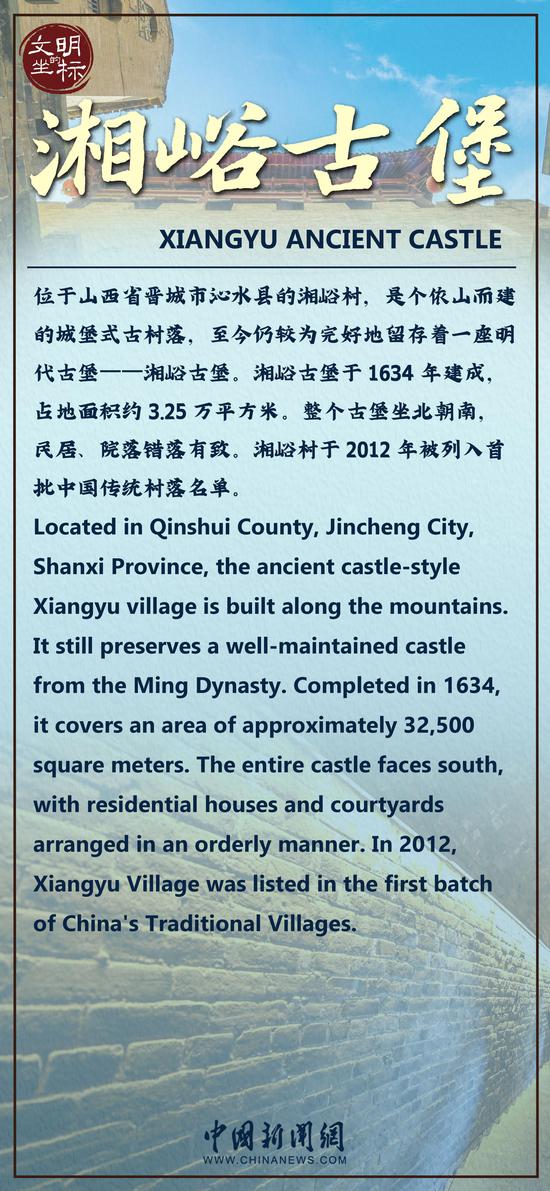
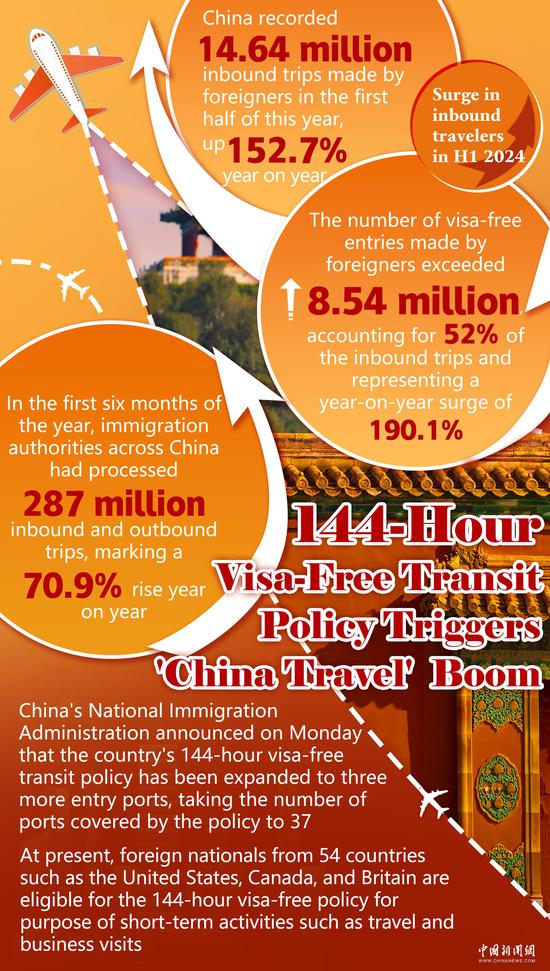

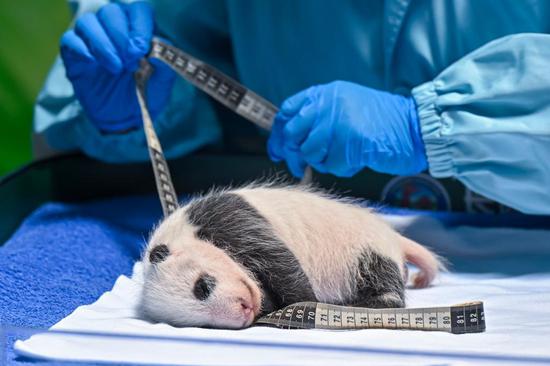

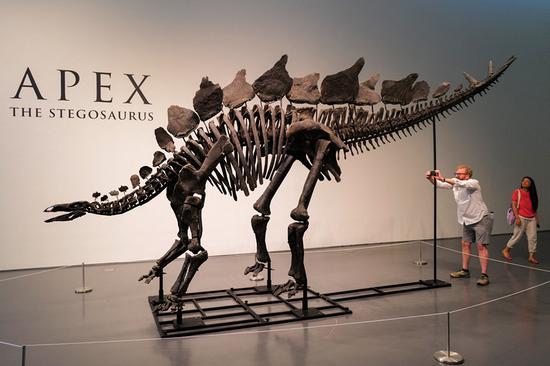
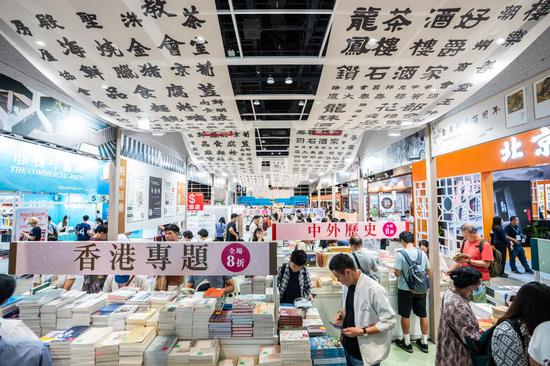




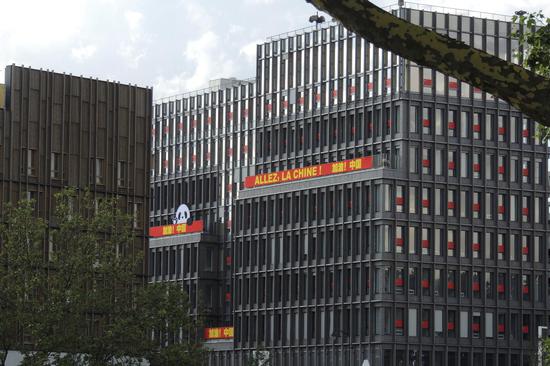




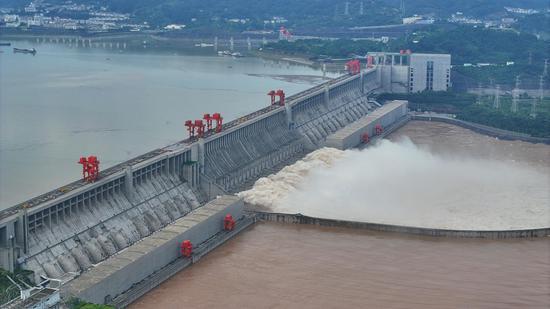
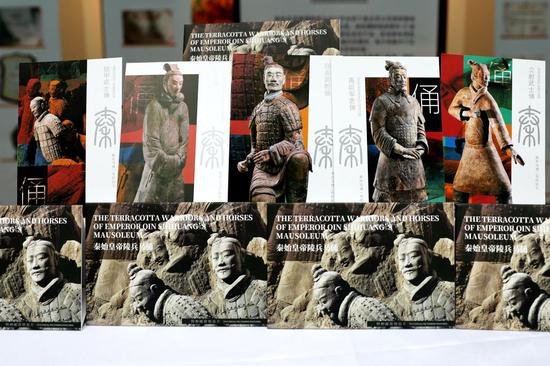

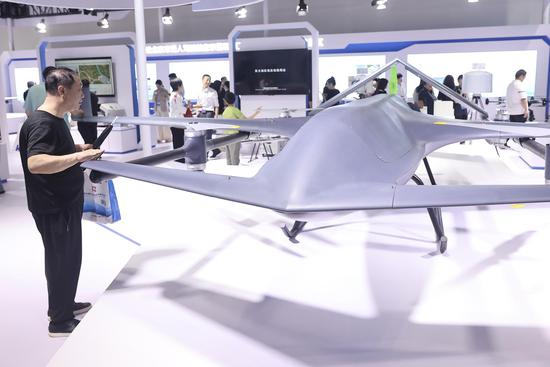
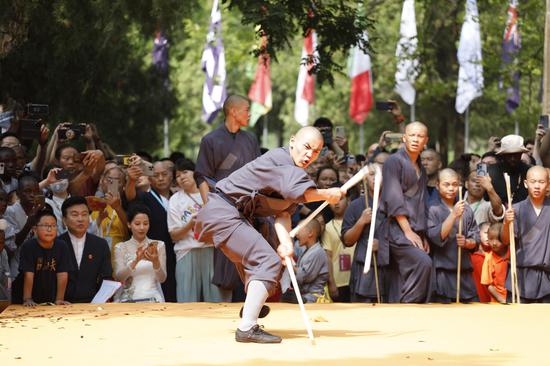



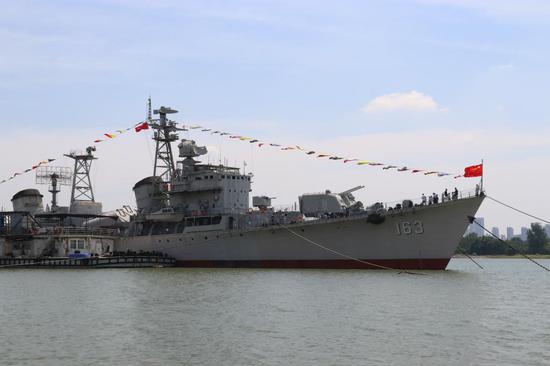
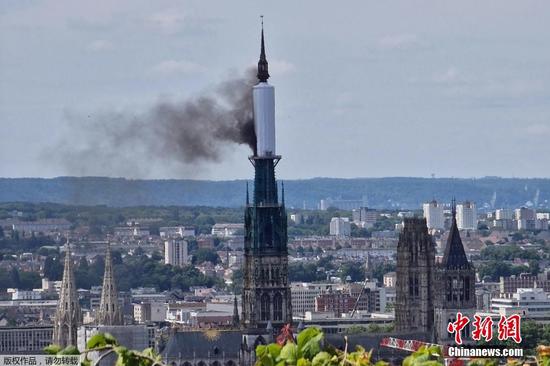

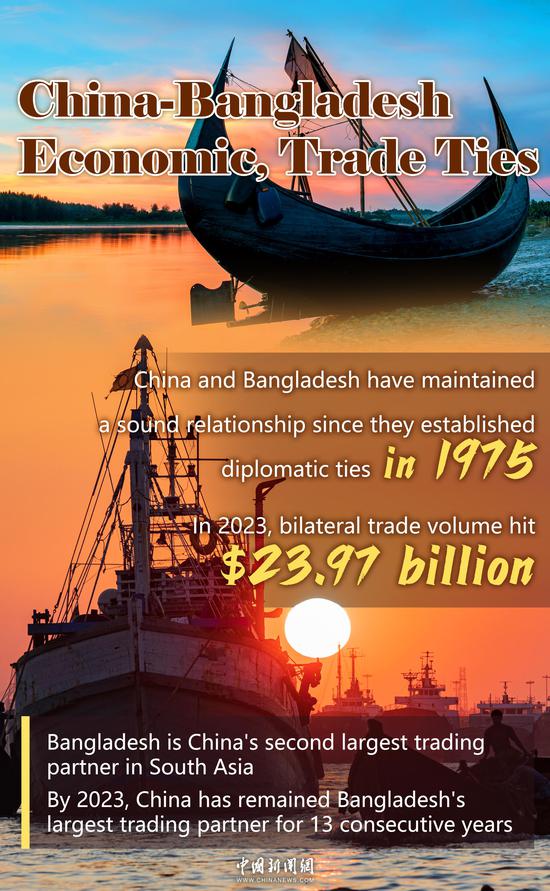

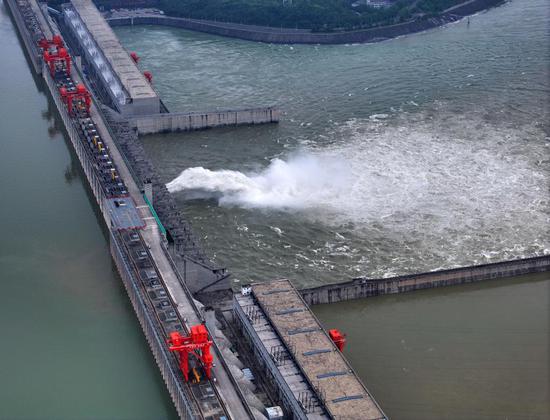
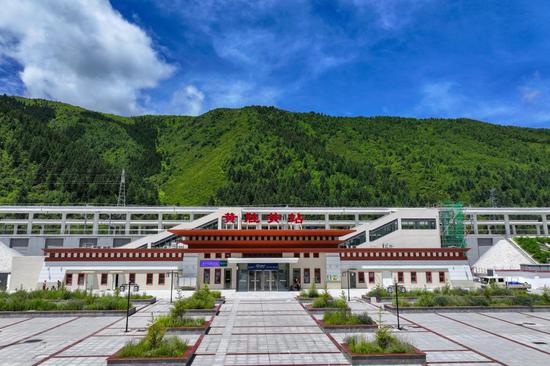
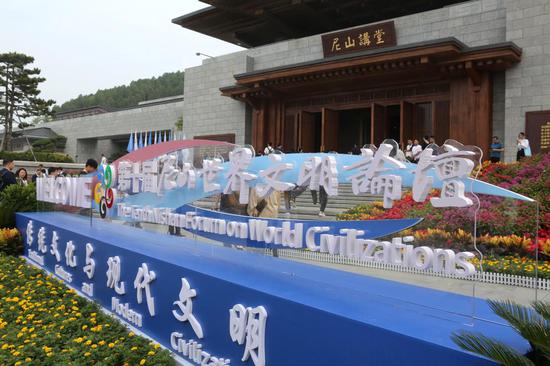

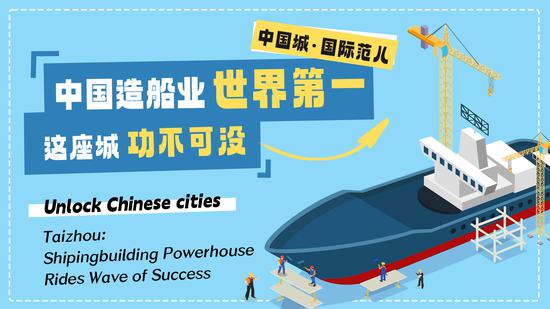

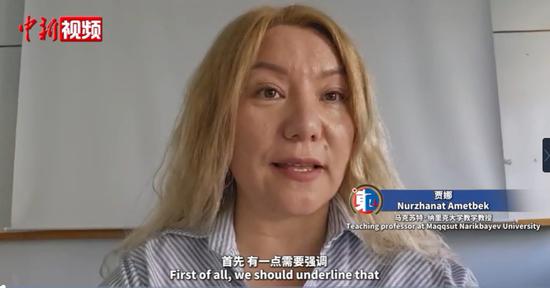

 京公网安备 11010202009201号
京公网安备 11010202009201号